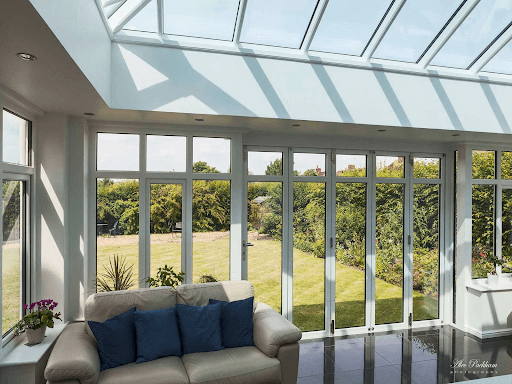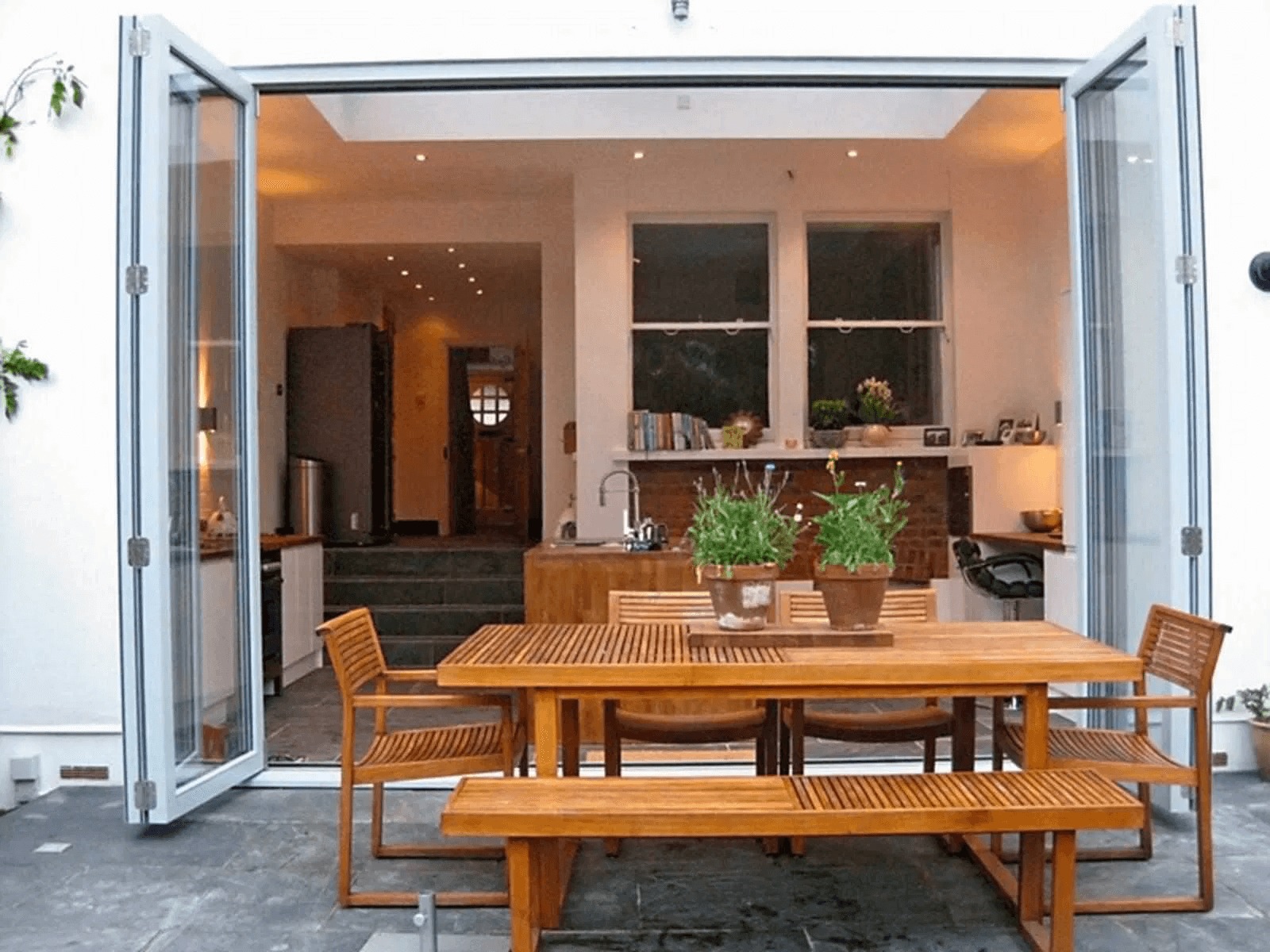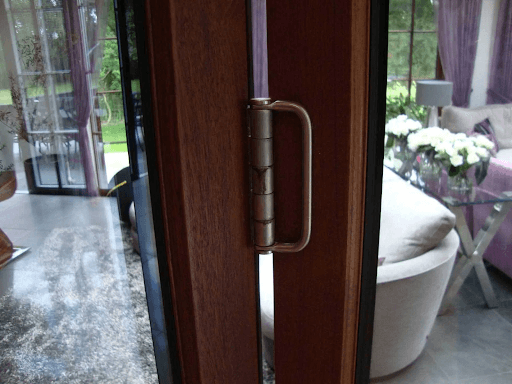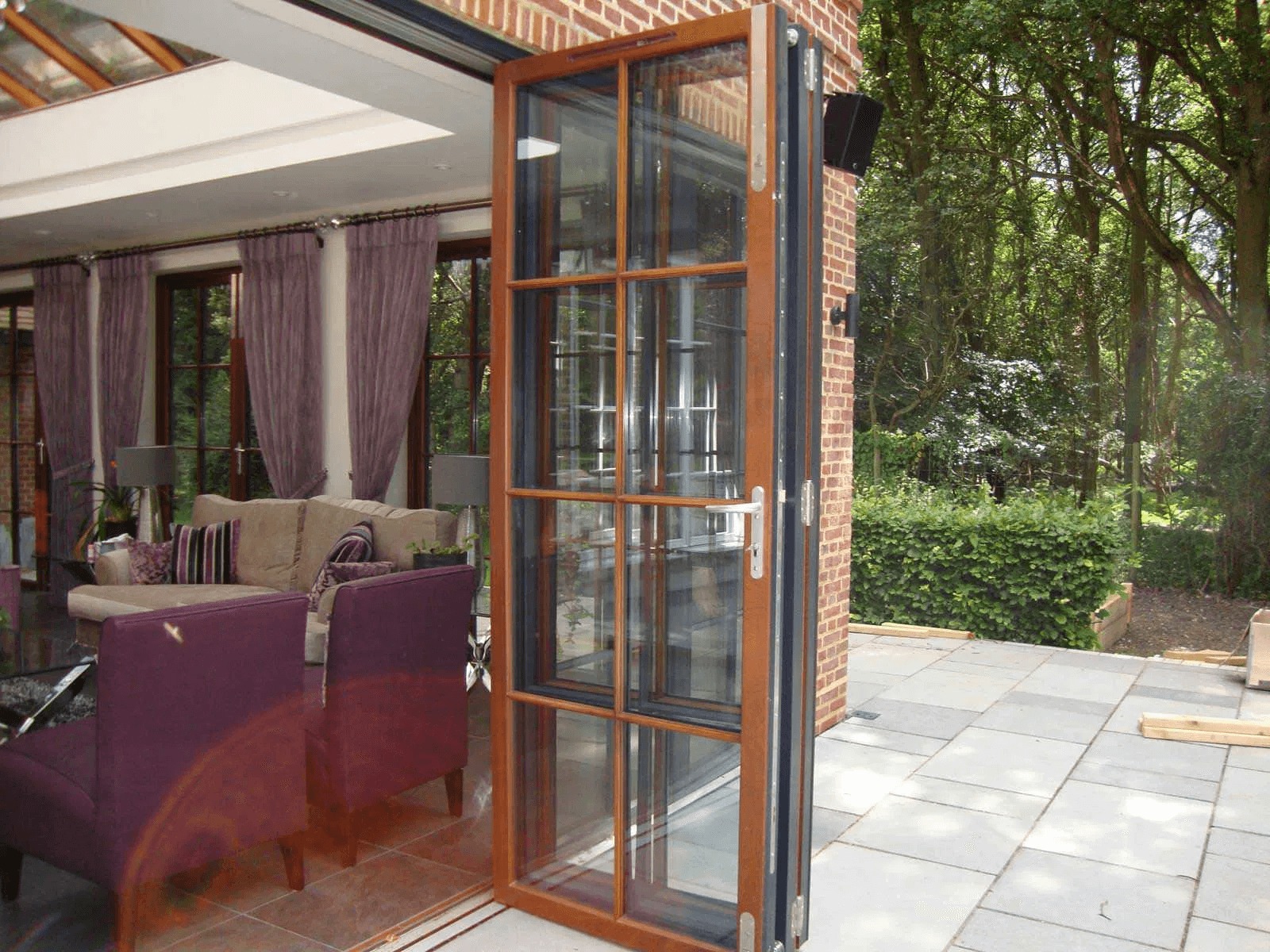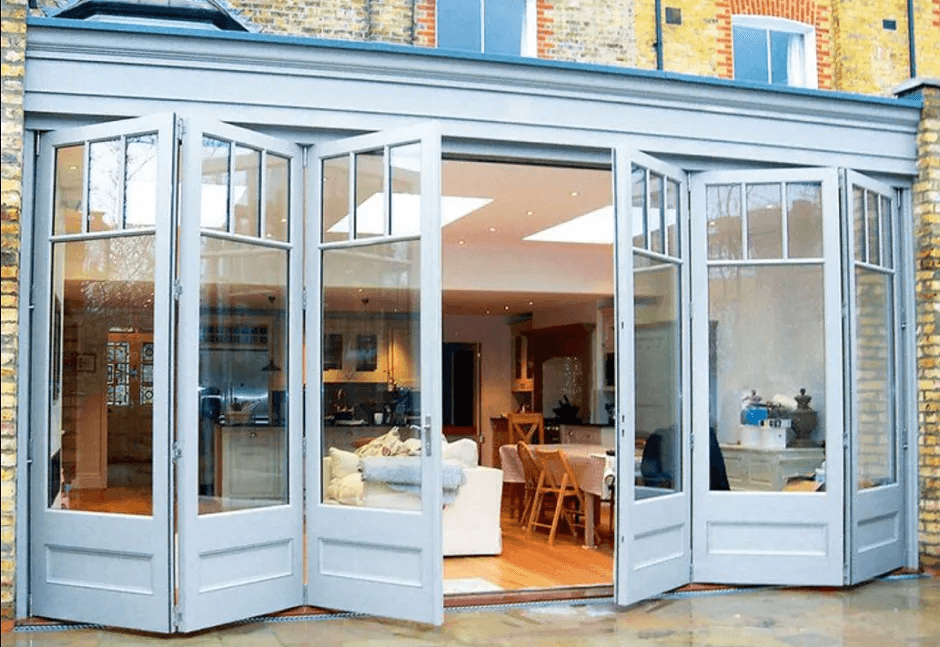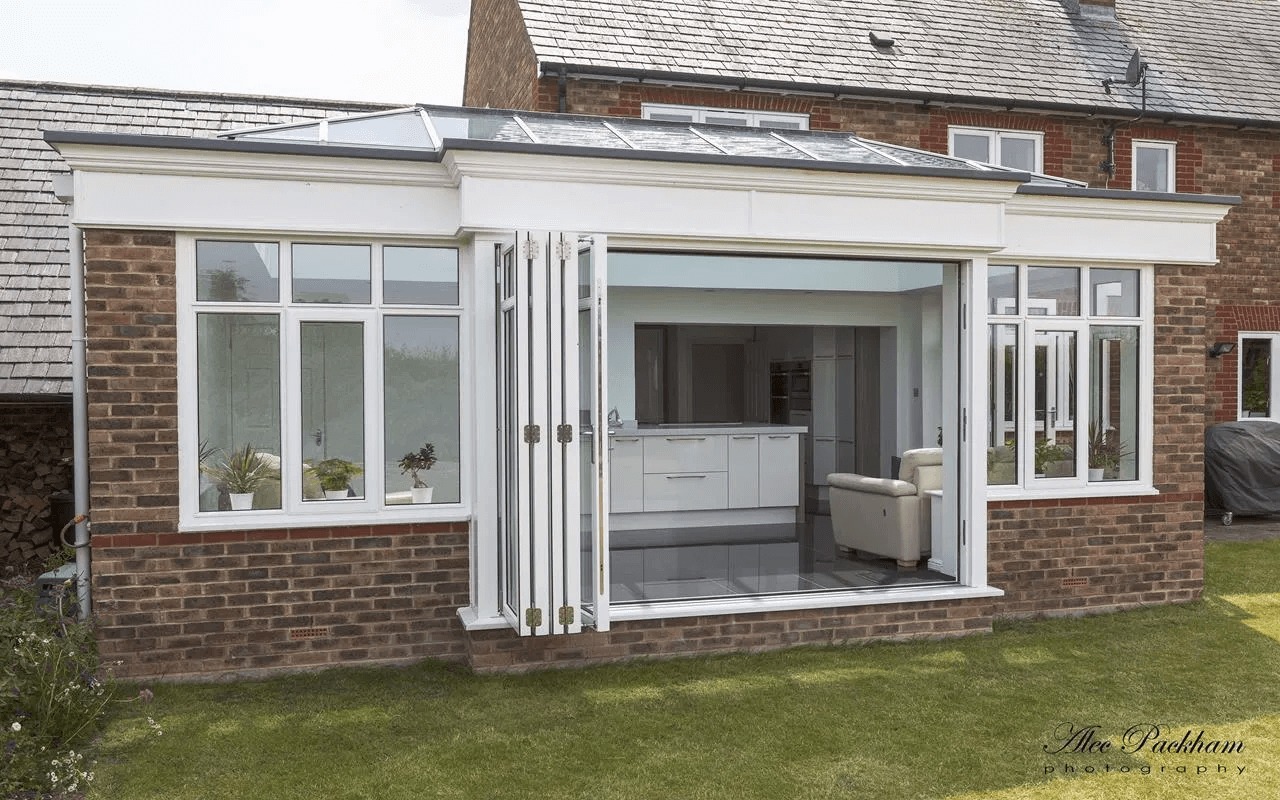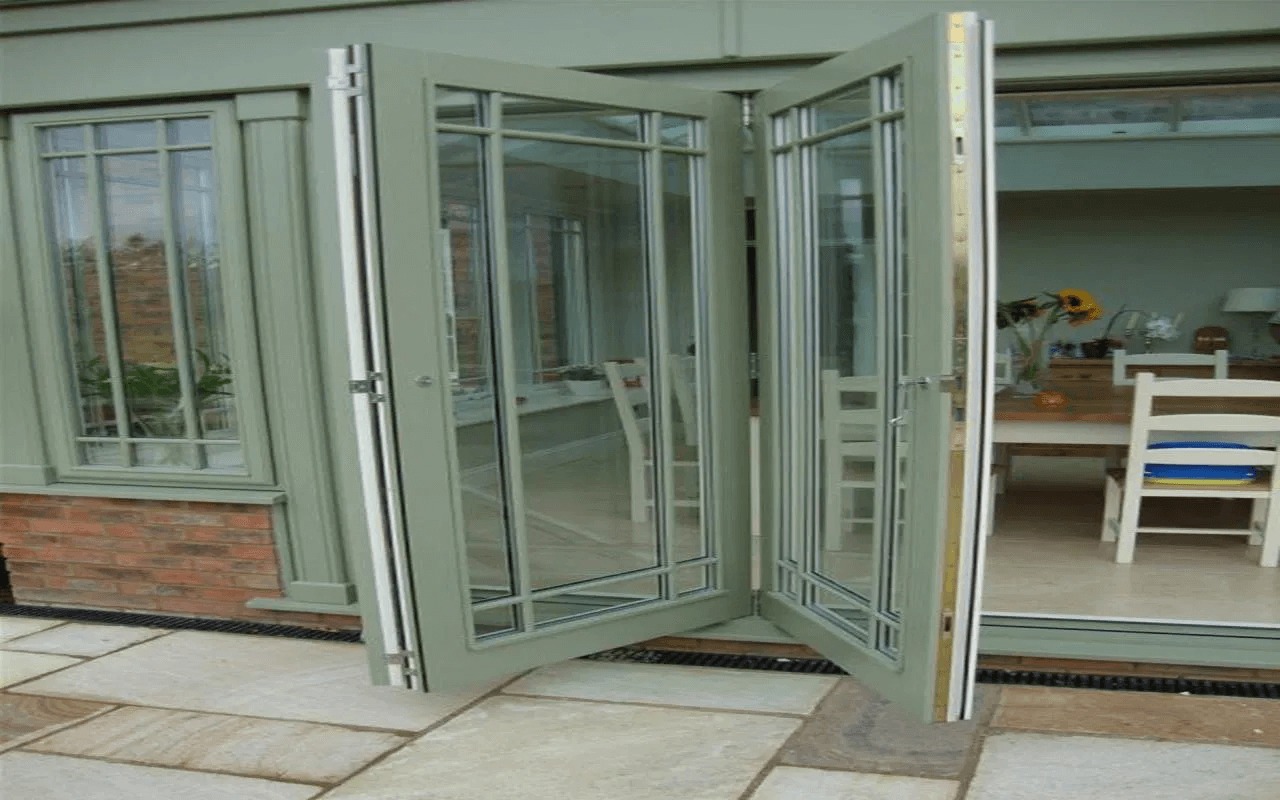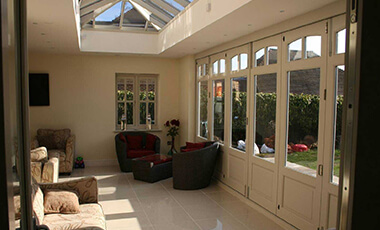Configurations (general)
The total number of bifold doors and configuration type (how many fold left and how many fold right) is the next thing to think about.
When we talk about configurations in terms of the type (odd / even etc), and how many doors in each stack (left and right), they are always referred to as if you are standing on the outside looking in.
Standard sizes for bifold doors – the total number of bifold door leafs and overall frame size possible is partly determined by the total wall aperture width, and the configuration type chosen. Broadly speaking, the maximum door leaf size is 1000mm wide x 3000mm high. So if you’re wondering what is the smallest opening for bifold doors, the minimum widths vary with the configuration.
Bifold doors for small openings – bifold door sets that have only even stacks of bifold doors will not be able to have door leafs as narrow as other doors. This is due to the cam effect of opening the doors, which causes them to bind. Please see separate drawings for more details.
Whether or not you have an access door and therefore easy access from the inside and outside is a primary consideration. Please see the configuration type guide below for details on how to achieve this.
The most practical configuration type is an ODD / ONE, where one of the stacks is ‘ODD’, and the other is a ‘ONE’ (single door). The access door is the single door as default, and this means it can have a standard handle without colliding with any adjacent doors. The other stack (ODD) then also has a free swinging leaf, so that along with the access door it creates what is effectively a pair of double doors.
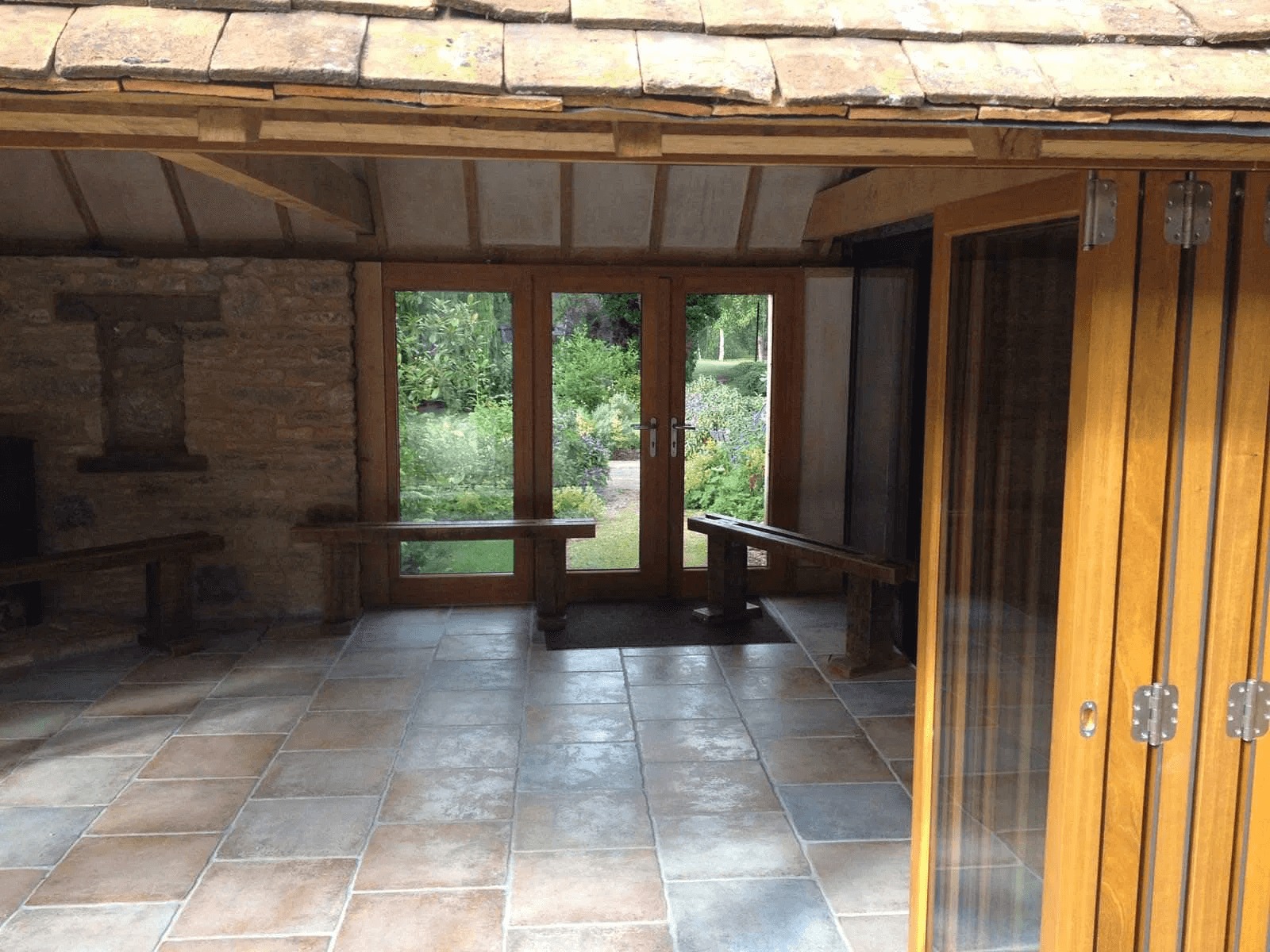
Configurations that have an access door at the end of an ODD stack (more than one) will have a standard lever/lever handle and will not fold open fully parallel with the other doors as the handle will obstruct this. In this case an extended magnetic catch will be fitted to prevent it colliding. Alternatively, the external handle and lock can be omitted, but then there will be no access possible from the outside. This must be specifically requested if desired.
Configurations that are possible but not as advisable are EVEN / ODD or ODD / EVEN. This means that one stack is ODD (including single) and the other is EVEN. The end bifold door of the even stack will require a small rebate on the face of the timber at the top and bottom to prevent the door dragging the gasket when opened (due to the cam effect of the additional width of the rebate timber).
On configurations that have an access door, the meeting door stiles will be 12mm wider than the other stiles because they overlap (rebate together). Access doors on the end of a set that has an odd number of doors and that all slide one way will have a small angled leading edge to facilitate closing.
Note that the bifold doors shown on the configuration type drawings show open out, but the same applies for open in (as do the door gaps).
